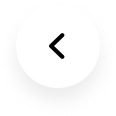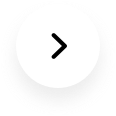Bart Hess, born in Geldrop,Netherlands in 1984, now lives and works in Eindhoven.
The work of Bart Hess is of the most tactile and intuitive nature. Over the past ten years, Hess has developed an impressive roster of work. He has pinned, stretched, slimed and scraped materials in relation to the human body, and collaborated with the likes of Lucy McRae, Nick Knight, Lady Gaga, Iris van Herpen and Walter van Beirendonck.
Foamy, sweaty, blobular and molecular are the kinds of surfaces that Hess concocts. Flirting with a touch of the grotesque and the macabre, he explains that he tries “to find a balance between beauty and disgust or horror. I think the darker side of beauty has less restrictions because it hasn't been explored that much, which makes it more interesting for me to show to my audience”. Through the use of design, film, photography and installation, Hess has found intimate ways for his textiles to communicate with their “audience”, and in 2012’s Work With Me People pop-up studio, he was even able to involve some of them in the making process.







 effect.To seal the two layers together glue was used, with the spoon acting as a mould for the final shape. Once the glue had dried, the fabric was removed from the spoon and the excess textile cut away.Each shell shape was attached to a mesh textile base using metal appliques, resulting in a dynamic, multiple layered textile.
effect.To seal the two layers together glue was used, with the spoon acting as a mould for the final shape. Once the glue had dried, the fabric was removed from the spoon and the excess textile cut away.Each shell shape was attached to a mesh textile base using metal appliques, resulting in a dynamic, multiple layered textile.
